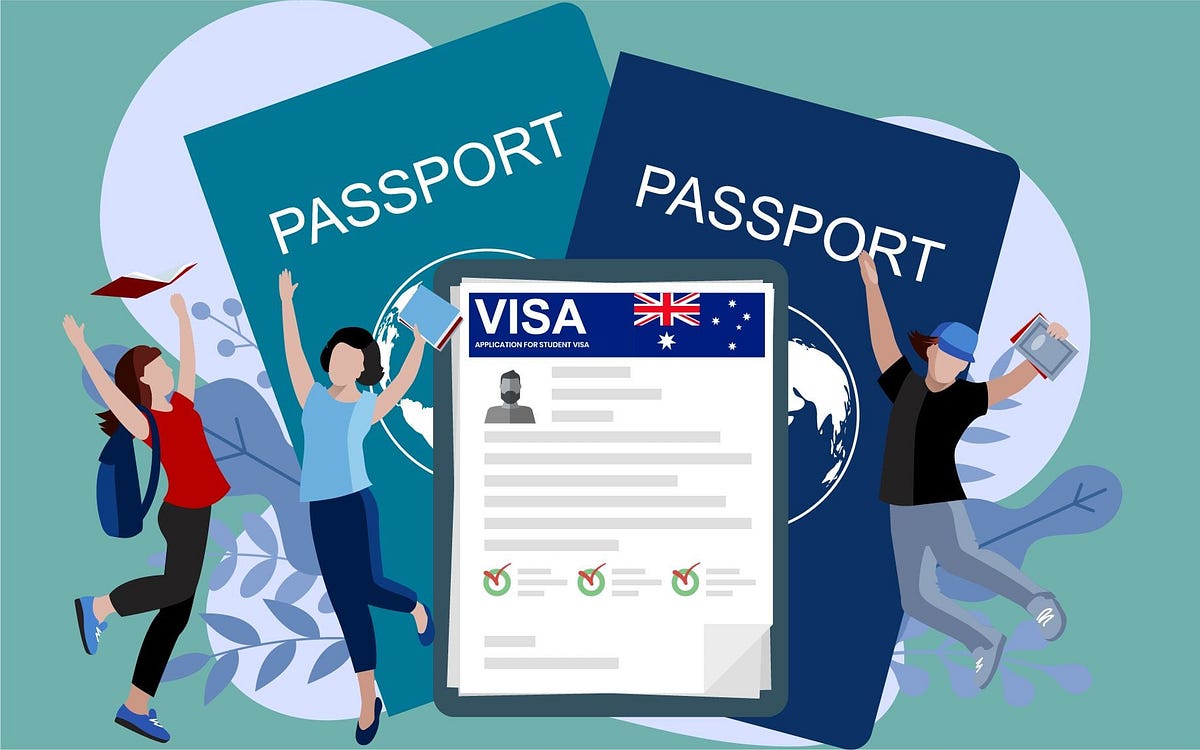
The process of obtaining a US visa can be complex, but understanding the different types of visas and the application process can help simplify it. Here’s a comprehensive guide on US visas and how to apply for them:
Types of US Visas
Non-Immigrant Visas
These visas are for individuals who wish to enter the US temporarily for a specific purpose such as tourism, business, study, or work.
- Tourism and Business Visas
- B-1 Visa: For business visitors (attending conferences, consultations, negotiations, etc.).
- B-2 Visa: For tourists, those visiting family/friends, or seeking medical treatment.
- Student Visas
- F-1 Visa: For academic students attending a college, university, high school, language training program, etc.
- M-1 Visa: For vocational or non-academic students.
- Work Visas
- H-1B Visa: For professionals in specialty occupations.
- H-2A Visa: For temporary agricultural workers.
- H-2B Visa: For temporary non-agricultural workers.
- L-1 Visa: For intra-company transferees.
- O-1 Visa: For individuals with extraordinary ability or achievement.
- P Visa: For athletes, artists, and entertainers.
- R-1 Visa: For religious workers.
- Exchange Visitor Visas
- J-1 Visa: For exchange visitors participating in programs promoting cultural exchange, including au pairs, interns, researchers, and teachers.
- Other Non-Immigrant Visas
- K-1 Visa: For fiancés of US citizens.
- TN Visa: For Canadian and Mexican citizens under NAFTA.
Immigrant Visas
These visas are for individuals who wish to live permanently in the US.
- Family-Sponsored Visas
- Immediate Relative Visas: IR-1 (spouse of a US citizen), IR-2 (unmarried child under 21 of a US citizen), IR-5 (parent of a US citizen who is at least 21 years old).
- Family Preference Visas: F1 (unmarried sons and daughters of US citizens), F2 (spouses, minor children, and unmarried sons and daughters of permanent residents), F3 (married sons and daughters of US citizens), F4 (brothers and sisters of US citizens).
- Employment-Based Visas
- EB-1: For individuals with extraordinary ability, outstanding professors and researchers, multinational executives.
- EB-2: For professionals holding advanced degrees or individuals with exceptional ability.
- EB-3: For skilled workers, professionals, and other workers.
- EB-4: For special immigrants, including religious workers, employees of US foreign service posts, etc.
- EB-5: For immigrant investors.
- Diversity Visa (DV) Lottery
- DV Lottery: For individuals from countries with low rates of immigration to the US. Selected through an annual lottery.
US Visa Application Process
- Determine the Type of Visa You Need
- Identify the purpose of your visit to the US and select the appropriate visa category.
- Complete the Online Visa Application
- Form DS-160: Non-immigrant visa application form. Submit it online and print the confirmation page.
- Form DS-260: Immigrant visa application form for those applying for permanent residency.
- Pay the Visa Application Fee
- Fees vary depending on the type of visa. Payment methods and details are provided on the US embassy or consulate website.
- Schedule an Interview
- Interviews are generally required for visa applicants between the ages of 14 and 79.
- Schedule an appointment at the US embassy or consulate in your country.
- Prepare for the Interview
- Gather required documents, which typically include:
- A valid passport
- DS-160/DS-260 confirmation page
- Visa application fee receipt
- Photo that meets US visa photo requirements
- Supporting documents specific to your visa type (e.g., I-20 form for F-1 students, employment letter for H-1B visa, etc.)
- Gather required documents, which typically include:
- Attend the Visa Interview
- Bring all required documents and be prepared to answer questions about your background, travel plans, and purpose of visit.
- Biometric information (fingerprints) will be collected during the interview.
- Wait for Visa Processing
- After the interview, your application will be processed. Processing times vary by visa type and individual circumstances.
- You can track the status of your visa application on the embassy or consulate’s website.
- Receive Your Visa
- If approved, your passport with the visa will be returned to you. If additional processing is needed, you will be informed.
Additional Tips
- Early Application: Apply well in advance of your intended travel date.
- Accuracy: Ensure all information on your application is accurate and truthful.
- Documentation: Provide clear and complete supporting documents.
- Preparation: Be well-prepared for your interview, understanding the specific requirements and questions related to your visa type.
- Consultation: If unsure about the process, consider consulting with an immigration attorney or advisor.
By understanding the different types of US visas and the steps involved in the application process, you can better prepare and increase your chances of a successful application.



